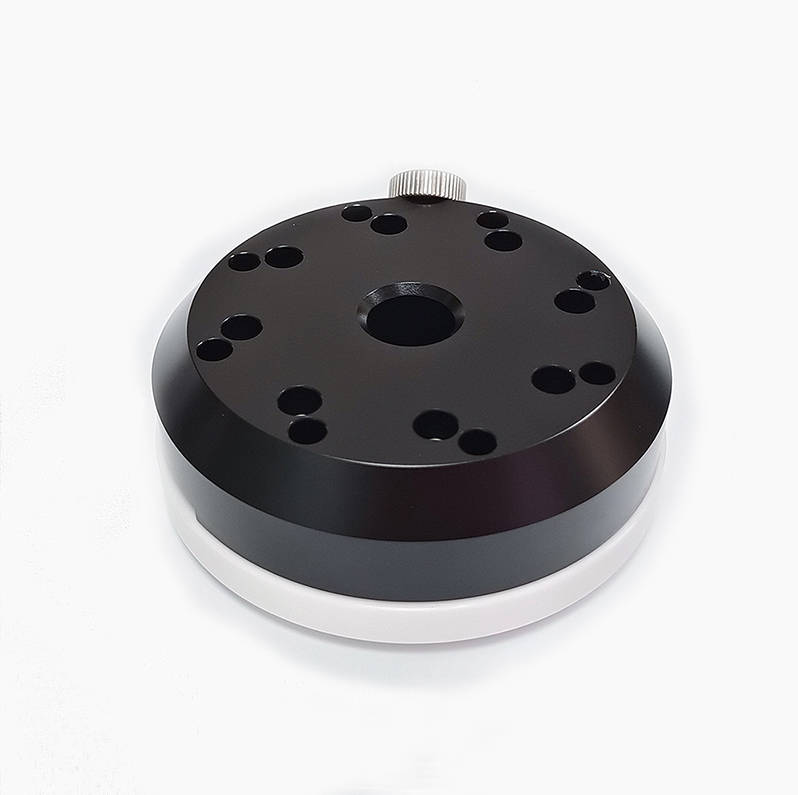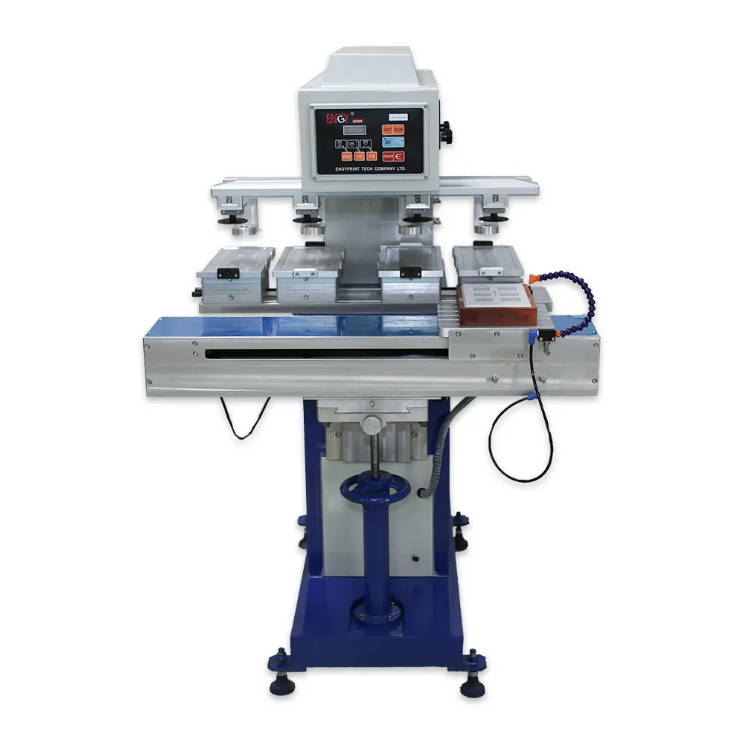In the realm of printing technologies, pad printing has emerged as a versatile and effective method for applying graphics and text to various surfaces. This technique is widely used across multiple industries, including automotive, electronics, and promotional products. A critical component of the pad printing process is the ink used, with UV and solvent inks being the most common choices. Understanding the differences between these two types of inks is essential for anyone considering the purchase of a pad printing machine. This article aims to clarify these differences to help potential buyers make informed decisions.

1. Understanding Pad Printing Inks
Pad printing inks are specially formulated materials that allow for the transfer of images from a silicone pad to a substrate. These inks consist of several components, including resins, pigments, and additives, which work together to achieve desired characteristics such as adhesion, durability, and color vibrancy. The choice of ink can significantly impact the quality and longevity of the printed product.
2. Characteristics of Solvent Inks
Composition
Solvent inks are typically composed of pigments suspended in a solvent carrier. They can be categorized into one-component inks, which are ready to use, and two-component inks that require mixing with a hardener before application.
Drying Process
One of the defining features of solvent inks is their drying process. These inks dry through evaporation; as the solvent evaporates, the ink forms a solid film on the substrate. This process can take time depending on environmental conditions such as temperature and humidity.
Adhesion and Coverage
Solvent inks are known for their excellent adhesion properties on various substrates, including plastics and metals. They provide good coverage and can be used effectively in applications where durability is essential.
Applications
Solvent inks are commonly utilized in industries such as automotive, electronics, and promotional products due to their versatility and effectiveness in adhering to different materials.
3. Characteristics of UV Inks
Composition
UV-curable inks are made up of photoinitiators, resins, pigments, and other additives. When exposed to ultraviolet light, these components undergo a chemical reaction that causes them to cure instantly.
Curing Process
The curing process for UV inks is rapid; they harden immediately upon exposure to UV light. This instant curing allows for quick production times and reduces waiting periods between printing and handling.
Adhesion and Durability
UV inks offer exceptional adhesion properties on a wide range of substrates, including challenging surfaces like glass and certain plastics. Additionally, they are known for their durability against fading and scratching.
Applications
Due to their versatility and high-quality finish, UV inks are often used in applications requiring vibrant colors and detailed graphics on materials such as plastics, metals, glass, and even wood.
4. Key Differences Between UV and Solvent Inks
Drying Time
One of the most significant differences between UV and solvent inks is their drying time. Solvent inks can take longer to dry due to evaporation processes, while UV inks cure instantly under ultraviolet light.
Environmental Impact
When considering environmental factors, solvent inks often contain volatile organic compounds (VOCs), which can be harmful to both health and the environment. In contrast, UV inks typically have lower VOC emissions, making them a more eco-friendly option.
Print Quality
Print quality is another area where these two ink types differ. UV inks tend to produce more vibrant colors with better detail resolution compared to solvent inks. This quality makes them particularly suitable for high-end applications where appearance is critical.
Cost Considerations
Cost is always an important factor when selecting pad printing supplies. While UV inks may have a higher initial cost due to specialized equipment requirements (like an automatic pad printing machine), they often result in lower long-term costs due to faster production times and reduced waste.
5. Choosing the Right Ink for Your Pad Printing Machine
When deciding between UV and solvent inks for your pad printer, consider several factors based on your specific application needs:
- Substrate Compatibility: Ensure that the ink you choose adheres well to your intended substrate.
- Production Speed: If quick turnaround times are essential, UV inks may be more advantageous.
- Environmental Concerns: Consider opting for UV inks if minimizing environmental impact is a priority.
- Quality Requirements: For projects requiring high-quality prints with vibrant colors, UV inks may be preferable.
Consulting with suppliers about your specific needs can also provide valuable insights into which ink type will best suit your applications.
Conclusion
Understanding the key differences between UV and solvent inks is crucial for anyone looking to invest in a pad printing machine. Each ink type has its unique characteristics that cater to different applications within various industries. By evaluating factors such as drying time, environmental impact, print quality, and cost considerations, potential buyers can make informed decisions that align with their production goals.
In summary, whether you choose a pad printing machine that utilizes solvent or UV ink will depend on your specific requirements. Engaging with knowledgeable suppliers can further assist you in selecting the right pad printing supplies tailored to your needs.





